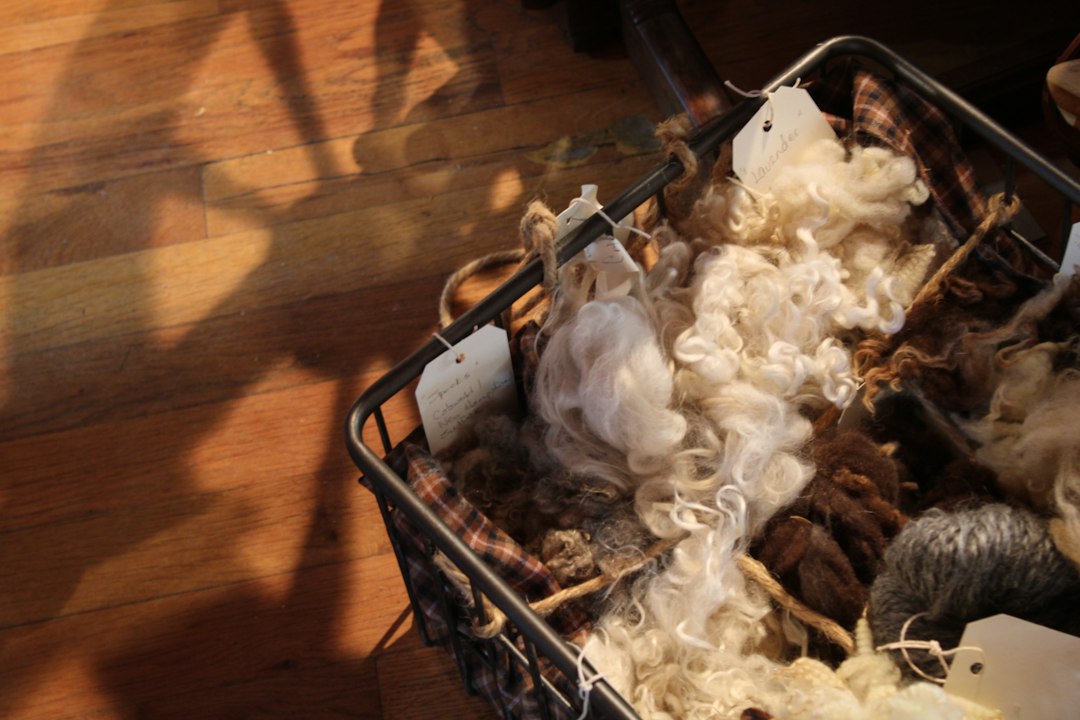When it comes to beach house painting, using proper spraying techniques can make a significant difference in achieving a flawless and professional finish. Whether you’re painting the exterior surface of your beach house for the first time or giving it a fresh coat of paint, following the right spraying techniques is crucial. This article will guide you through the proper procedures to ensure a successful and long-lasting paint job.
Before starting any painting project, it is essential to prepare the surface appropriately. Begin by cleaning the exterior surfaces of your beach house thoroughly. Use a pressure washer to remove dirt, dust, and any loose paint. Allow the surface to dry completely before proceeding.
Once the surface is clean and dry, it’s important to protect surrounding areas from overspray. Cover nearby plants, windows, doors, and any other surfaces that will not be painted, using plastic sheets or drop cloths. This will prevent any accidental damage.
Next, it’s time to choose the right type of sprayer for your beach house painting project. Airless sprayers are commonly recommended for larger, exterior surfaces. These sprayers offer excellent coverage and can handle a variety of paint types. However, if you’re painting a smaller beach house or need precise control over the paint application, an HVLP (high-volume, low-pressure) sprayer might be more suitable.
Before spraying, make sure to wear proper protective gear, including safety glasses, a respirator mask, and disposable coveralls or clothing that covers your arms and legs.
When starting to spray, maintain a distance of 8-12 inches from the surface. Begin with a sweeping motion, overlapping each pass by 50%. This will ensure an even coat and avoid streaks or uneven coverage. Work your way from top to bottom, moving horizontally or vertically, depending on the surface area and your preference.
Keep in mind that applying multiple thin coats is better than one thick coat. Thin coats dry faster, resulting in a more durable and long-lasting finish. Allow each coat to dry completely before applying the next one. It’s advisable to follow the paint manufacturer’s instructions regarding drying time.
After each painting session, clean your sprayer thoroughly. Neglecting proper cleaning can lead to clogged or damaged equipment, causing a disruption in your beach house painting project.
In conclusion, choosing the right spraying techniques for your beach house painting project can make a significant difference in achieving an outstanding and professional result. Proper preparation, the right choice of sprayer, and following a methodical approach will help you achieve a flawless finish that will withstand the seaside weather conditions for years to come. So, take your time, follow these guidelines, and enjoy the transformation of your beach house into a stunning and refreshed space.

